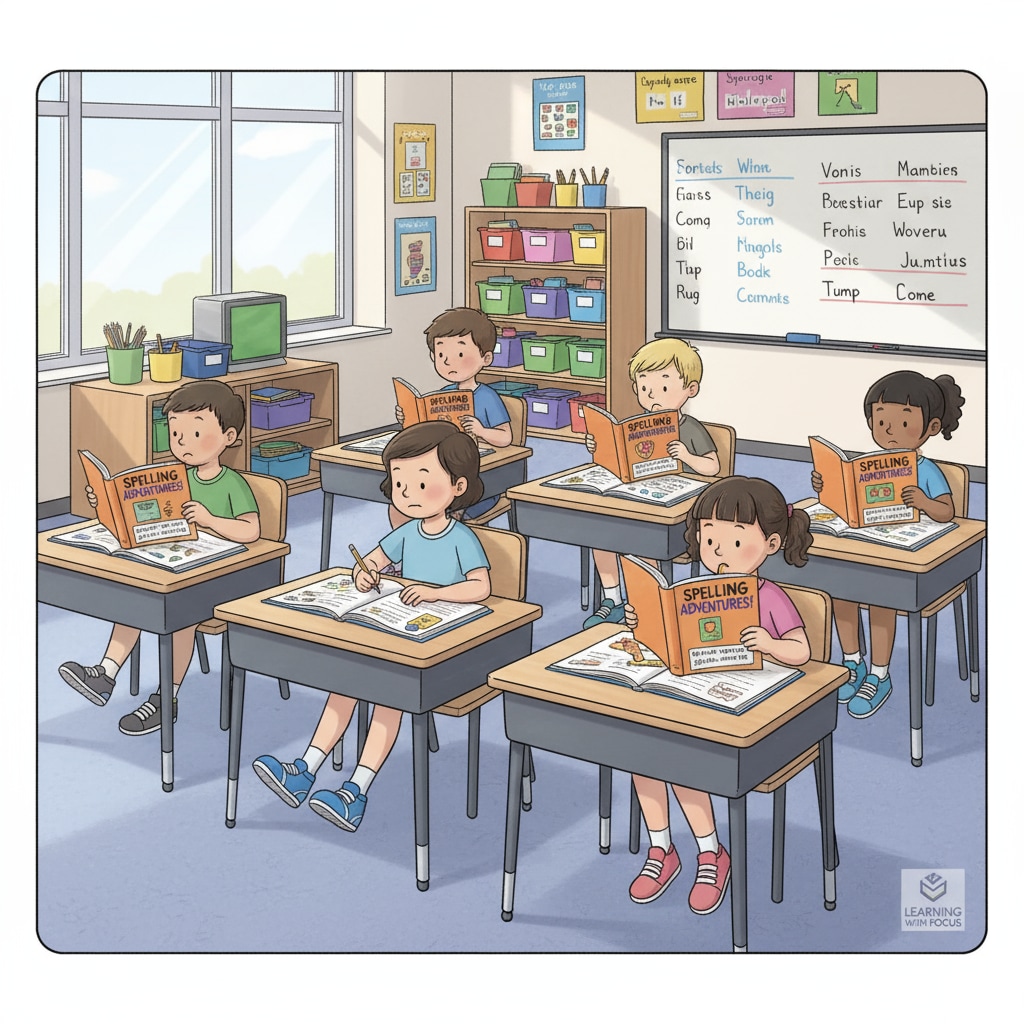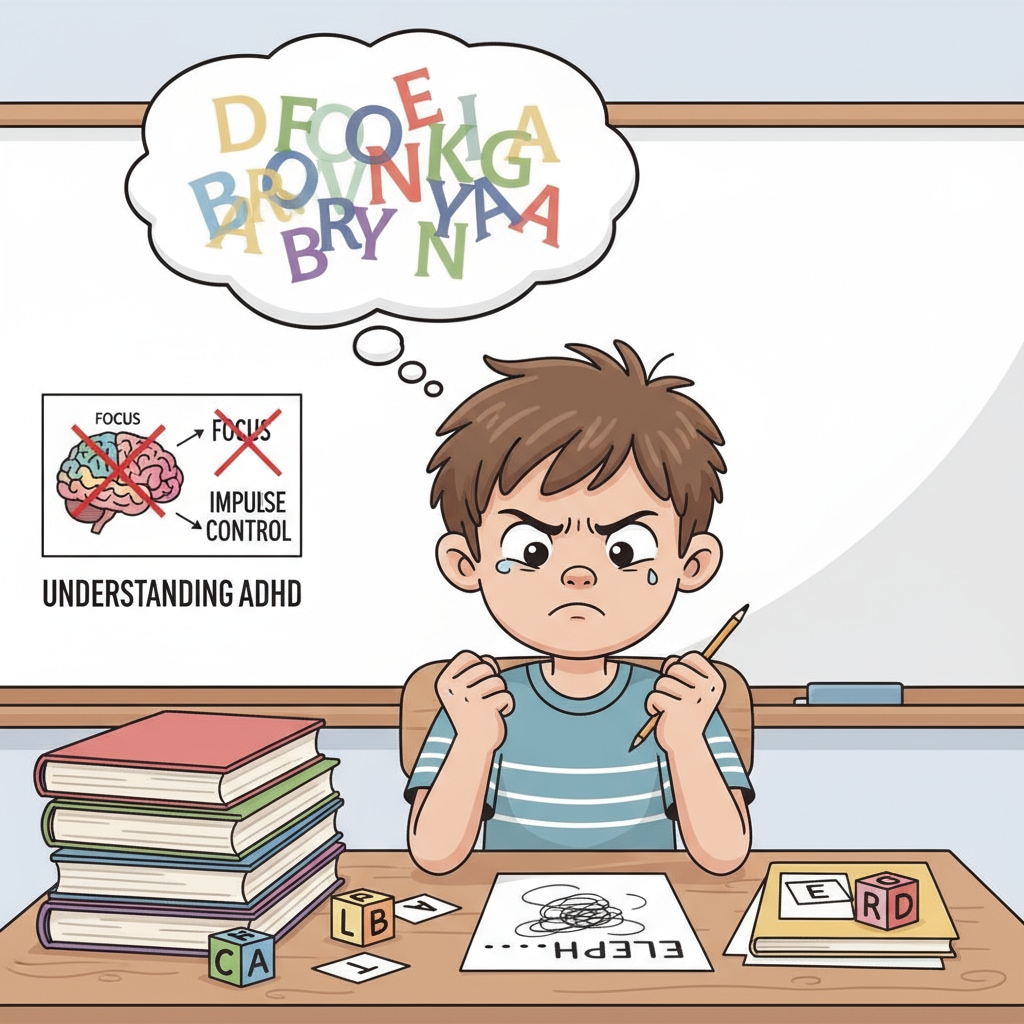ADHD children often encounter difficulties in various aspects of learning, and spelling is no exception. In this article, we will delve into the challenges they face in spelling learning and introduce some useful app recommendations to help them overcome these obstacles.

As we know, ADHD (Attention-Deficit/Hyperactivity Disorder) affects a child’s ability to focus, sit still, and control impulses. This can have a significant impact on their spelling performance.
The Challenges of Spelling Learning for ADHD Children
ADHD children, particularly those with impulsive traits, struggle with spelling for several reasons. Firstly, their lack of focus makes it hard for them to concentrate on the spelling rules and patterns. For example, they may find it difficult to remember the correct order of letters in a word. Secondly, impulsivity can lead to hasty writing, resulting in frequent spelling mistakes. They might not take the time to double-check their work. According to the CDC, these challenges can be persistent and affect their academic progress.

Digital Tools to Aid Spelling Learning
Thankfully, there are numerous digital tools available that can be beneficial for ADHD children’s spelling learning. One such tool is ABCya Spelling Games. It offers engaging games that make learning spelling fun. Through colorful graphics and interactive gameplay, children are more likely to stay focused. Another great app is SpellingCity. It provides a variety of spelling activities, from basic word recognition to more advanced spelling challenges. These apps can help ADHD children improve their spelling skills in an enjoyable way.
In addition to these apps, there are also speech-to-text tools that can be useful. For instance, Google Docs has a built-in speech-to-text feature. This allows children to dictate their words instead of writing them, reducing the pressure of spelling. As a result, they can focus more on the content of their writing. However, it’s important to note that these tools should be used in combination with traditional spelling instruction to ensure a well-rounded learning experience.
Readability guidance: We’ve used short paragraphs to make the information more digestible. Each H2 section presents key points clearly. The use of transition words like “firstly”, “secondly”, “in addition”, and “however” helps to connect ideas smoothly. We’ve also included external links to reliable sources for further information.


